More Pasture Plants
This is a continuation of What's in the Pasture. I have a lot more plants to go.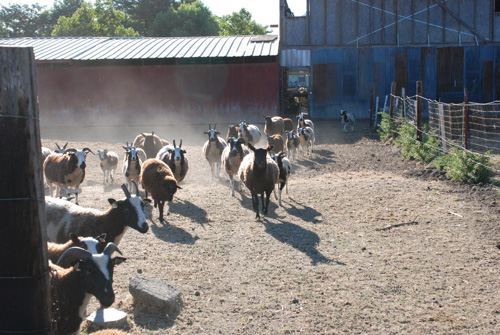 I changed the fence to move the sheep from the south half of the Horse Pasture (no horses for a long time) to the north half. They came running.
I changed the fence to move the sheep from the south half of the Horse Pasture (no horses for a long time) to the north half. They came running.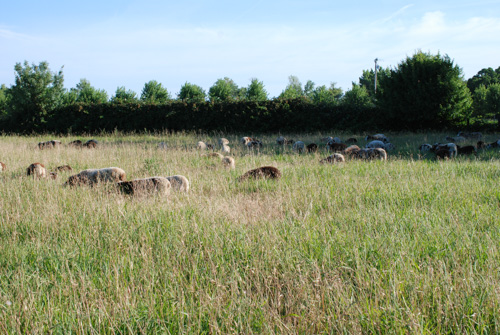
They were ready for fresh feed...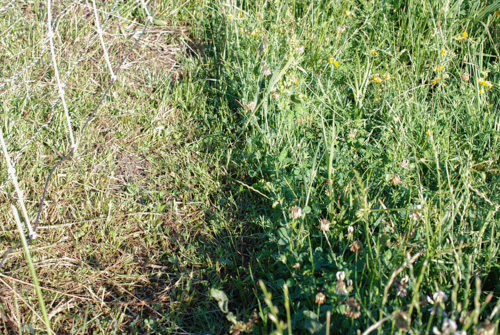
...because this is what they left behind. I have moved the net fence a few inches off the fresh pasture. You can see what it looked like on the other side of the fence.
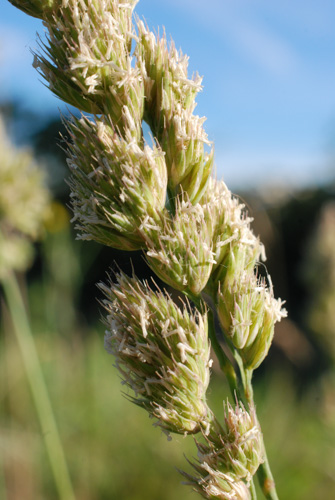
I think this is orchardgrass, but I'm not 100% sure.
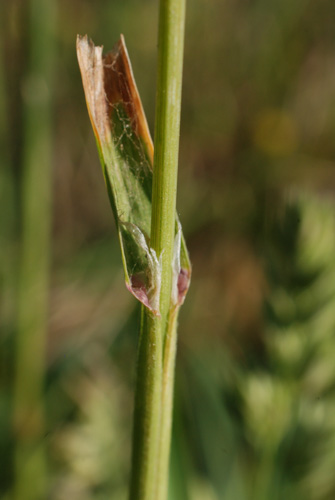
When you identify grasses it helps to look at more than just the seed head. This photo shows the ligule which this publication from the Wisconsin Cooperative Extension (which also has a good diagram of grass parts) describes for orchardgrass as "prominent; cuts or splits on whitish margin". Yeah, I can see that. This one from UCD is also a good resource.
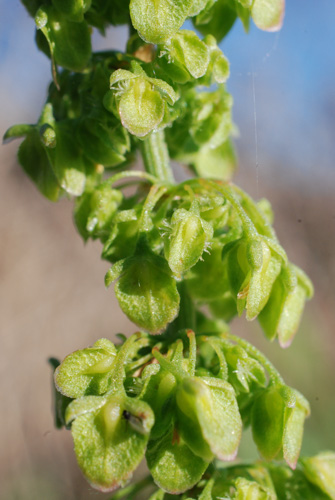
Lately I have left my 40 mm lens on the camera and get a kick of of looking closely at things that I see better on my computer than through my glasses.This one is Curly Dock.
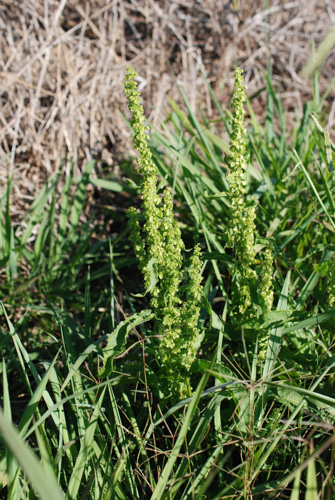
Here is the not-so-interesting photo of it.
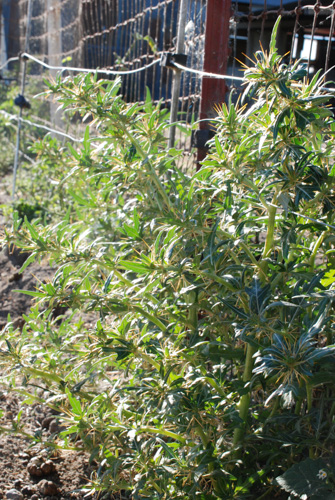
I have made good progress at getting rid of Spiny Cocklebur, but it will never all be gone. I continue to chop any of these that I see. Obviously I haven't dealt with these along the corral fence but need to take a shovel instead of a camera when I walk out here. 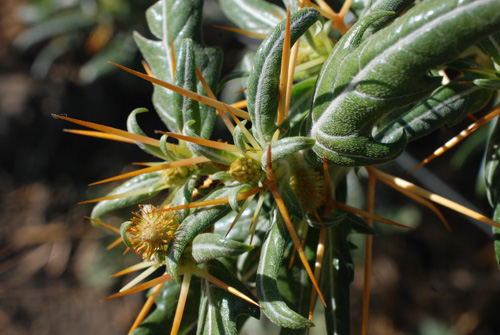
You can see why it is undesirable and the reason it thrives even where everything else has been eaten. Besides the thorns the flowers develop into nasty burs that stick in fleece and hurt fingers.
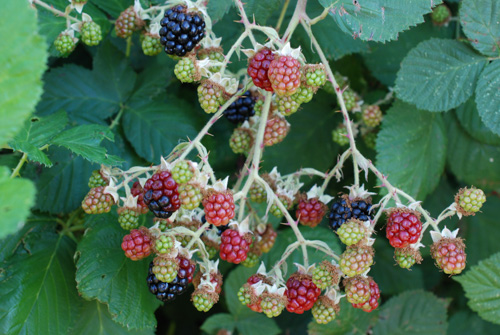
Speaking of thorns and eating, I'll deal with the thorns when the eating is this good. And I won't complain that the bushes are completely covering the electric fence. I had my first ripe blackberry this morning.